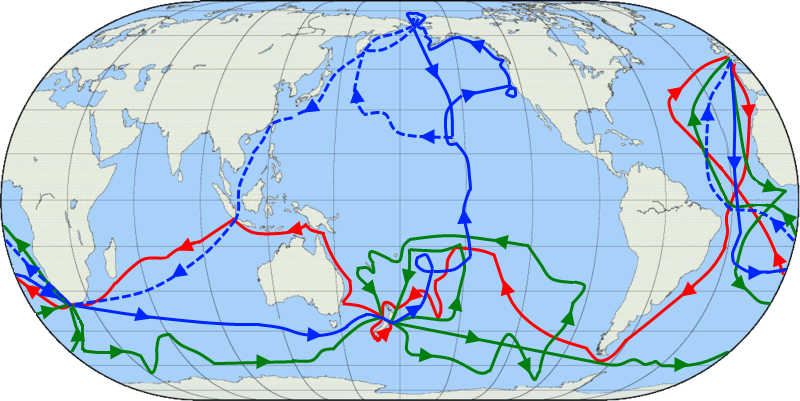The role of negative discovery in product-market fit
Captain Cook is not as famous as other European explorers such as Marco Polo, Christopher Columbus, Ferdinand Magellan, and the like. After…
Captain Cook is not as famous as other European explorers such as Marco Polo, Christopher Columbus, Ferdinand Magellan, and the like. After all, he is credited with establishing the first European contact with modern-day Australia, New Zealand, Hawaii, and many other smaller islands in the Pacific.
But what he did not discover laid the foundation for many “fruitful” explorations later.
If you look at the routes of Captain Cook’s voyages below, you will notice that he covered vast swaths of unpopulated regions on the planet.

For example, one of his key “negative” discoveries was that the southernmost part of our planet was entirely inhospitable for all human life. He confirmed that through several attempts to find land farther down south than any other European explorer ever had. Most importantly, his most valuable contribution came from the most detailed maps he made from his voyages of previously uncharted territories by Western explorers.
In the quest to get to product-market fit, much negative discovery happens early on.
The buyer persona who has no budget.
The user persona who doesn’t have the burning problem.
The wrong type of customer (because of their product expectations).
The messaging that resonates with no one.
The conference that led to few leads.
In the fast-paced nature of our daily lives, it is vital to note important negative discoveries. Cumulatively, they help us get to product-market fit and avoid wasting resources on what hasn’t worked in the past.

